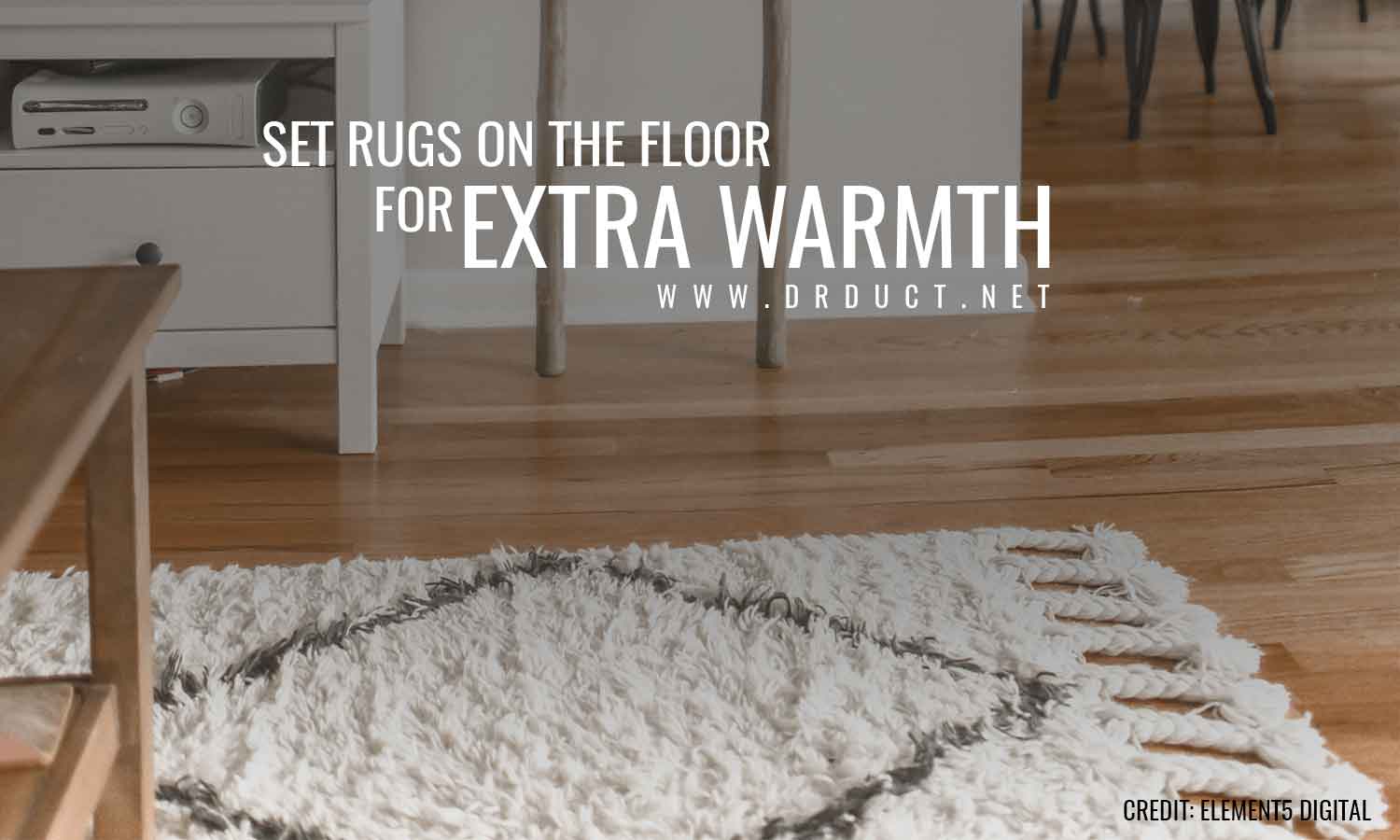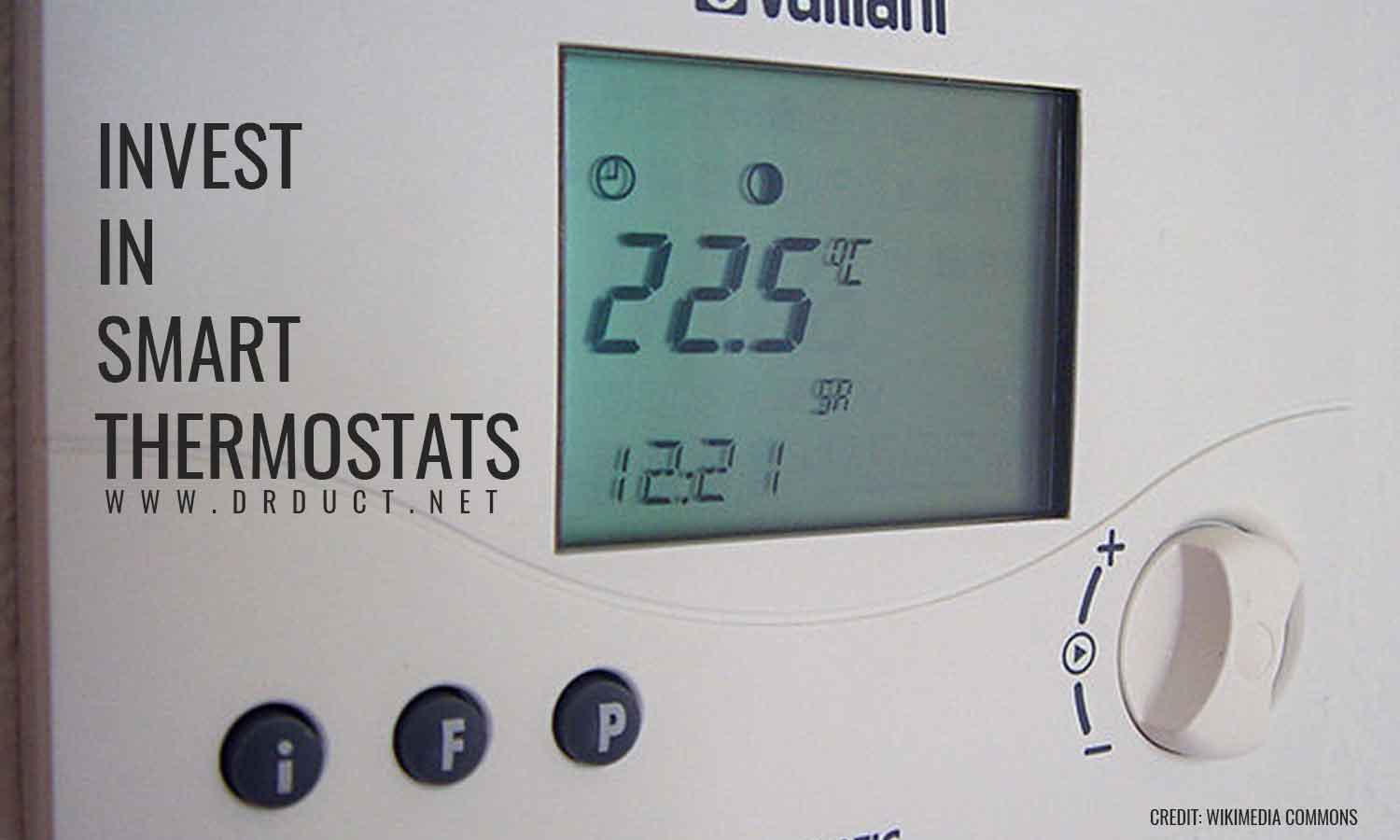During winter, homes need enough heat for all the occupants to stay warm. It is possible to experience heat loss and not know it. Heating your home can eat up 70% of your energy consumption costs. Making a house more energy efficient can save energy and reduce bills. Keep your indoor areas comfortable until spring with these tips to avoid heat loss!
Ramping up the thermostat (or baseboard heaters) 24/7 might make a house warm enough, but it isn’t always a cost-effective approach. Solve heat loss problems at home with these suggestions.
- Use your curtains – Sunlight is free of charge. Use the sun’s heat for an inexpensive way of keeping the house warm. Open curtains in the direction of sunlight during daytime hours to let the sun in and naturally warm your home. Keep long curtains away from radiators. Fabric can block heat from circulating. At night, shut curtains for a layer of insulation. They will keep heat in (especially if the windows are glazed). Invest in thick curtains, or get thermal linings to make yours better insulators.
- Glaze the windows – Consider the benefits of triple-glazing your windows. Glazed windows contain three panes of glass separated by a piece of metal or foam. This pocket of space between panes can be filled with inert gas for additional insulation. Glazing windows helps keep warm air in and cold air out, preventing any draughts. The insulation also prevents cold pockets from forming and ensures consistent heating. As an added bonus, glazing also dampens noise pollution. For homeowners looking to keep noise out of the house, think about getting the windows glazed.
- Close doors and windows – Keeping external doors and windows closed may sound basic, but it’s necessary. Be aware when doors are left ajar; close them immediately. Even small cracks can be costly. Also, keep doors inside the house closed, especially for rooms you’re not using. This practice keeps hot air confined to smaller spaces. It also helps prevent cold air from circulating, keeping indoor temperature comfortable.
- Install weatherproof strips – Draughts can also come in through cracks around doors and windows. Apply weather stripping around gaps to prevent heat loss and keep cold air out. These measures can reduce energy needs by up to 25%. Draught-proof strips can also keep indoor temperature regulated throughout the year.
- Check the insulation – Improve the insulation around the house. The roof alone is often responsible for 25% of heat loss. Inspect the attic to make sure there’s enough insulation keep heat inside. Consider attic insulation removal to replace damaged on contaminated insulation if there’s previous pest or water presence.
- Add some rugs – For houses with bare floorboards, try adding rugs. Wooden floors can account for up to 10% of heat loss. Rugs can insulate floorboards and keep rooms warmer. Plus, carpeting is easier on feet and joints than walking on a cold floor. Area rugs can keep heat from escaping between floorboards, leaving it free to circulate in the room.
- Move the sofa – Setting your favourite seat in front of the radiator may seem like a nice idea, but it can dramatically reduce available heat. The sofa will absorb heat instead of letting it circulate and heat the whole room. Move furniture and any obstacles near radiators and heating vents to let the heat flow freely.
- Bleed the radiator – Air can get trapped in radiators as time passes. This trapped air can impact a radiator’s efficiency, creating cold spots. Ask advice on how to bleed each radiator to release air. This should get your radiator working at full capacity.
- Insulate the hot water tank – Keep your hot water tank insulated to avoid heat loss. Proper insulation lets your water stay warm longer. This removes the need for it to reheat every time you need a bath, saving money on energy costs.
- Upgrade your boiler – An antiquated boiler (one older than 10 years) likely needs replacing. Newer models are more efficient than older ones. An upgraded boiler uses less energy to produce the same amount of heat as an older one, providing more energy for less. It’s also probably going to function solidly for several years, so you don’t have to worry about hot water problems for a while.
- Set timers for central heating – Regulate the amount of “on-time” for your heaters. Being savvy about how many hours they’re working can keep a house warm at the appropriate times of day. Try programming your boiler to activate in the morning (e.g. 30 minutes before waking). The rest of the time, keep the temperature lower. This method is more cost-effective than simply amping up the heat when you’re cold.
- Install thermostatic radiator valves – Homes with thermostatic heating valves (TRVs) can save up to 40% on energy costs. These tools control heating and employ it only when you need it. TRVs reduce the amount of water that flows through a radiator when the temperature goes above a certain setting. Avoid using too much heat; “smart thermostats” can be remote-controlled. Use your mobile to turn up the thermostat on your way home.
- Seal the chimney – Unused chimneys are an opening for heat to escape or draughts to enter. To avoid wasting heat, seal any chimney with a removable “chimney balloon.” If you don’t use the chimney at all, consider having it capped by a professional and close it off permanently. Prevent heat loss from your chimneys and save wasted energy.

Consider this small effort an investment for year-round comfort — no matter the season. Note that these strips have a limited lifespan. Check them seasonally and replace them when they get old. Consult a hardware store for products best suited for local conditions.
Older homes may not have much insulation. Consult professionals for an informed opinion about how to protect your property investment.




Keeping your house warm this winter isn’t just a matter of comfort; keep your energy bills low. Seal any cracks and gaps around the house to prevent heat loss. Perform necessary upgrades for appliances, and invest in new devices to regulate heat use.
Having your air ducts cleaned is another step to making heating more efficient. Get regular air duct cleaning in Ottawa to increase airflow and improve air quality.
Dr. Duct provides duct cleaning to keep your home and office air healthy. For a clean, dust-free environment, enjoy duct cleaning services that leave your space cleaner than when we arrived. Give us a call at (613) 845-0707 for a free estimate. We’ll treat your home as if it was our own.
